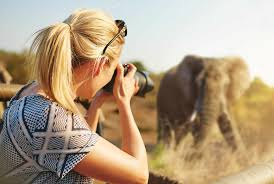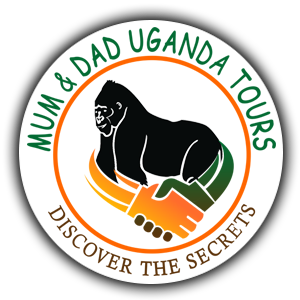Photographic safari in Uganda
 Photographic safari in Uganda, A photographic safari in Uganda offers a unique and diverse experience, allowing you to capture the rich biodiversity and stunning landscapes of the “Pearl of Africa.” Here are key elements and considerations for a photographic safari in Uganda:
Photographic safari in Uganda, A photographic safari in Uganda offers a unique and diverse experience, allowing you to capture the rich biodiversity and stunning landscapes of the “Pearl of Africa.” Here are key elements and considerations for a photographic safari in Uganda:
Gorilla Trekking Photography:
One of the highlights of a photographic safari in Uganda is gorilla trekking in Bwindi Impenetrable National Park or Mgahinga Gorilla National Park. Capture intimate moments with mountain gorillas in their natural habitat, focusing on their behavior, expressions, and interactions.
Chimpanzee Tracking:
Include chimpanzee tracking in Kibale Forest National Park for opportunities to photograph chimpanzees in lush rainforest settings. The habituation process in some areas allows for closer encounters and better photo opportunities.
Birdwatching Photography:
Uganda is a paradise for birdwatchers, with over 1,000 bird species. Explore national parks like Queen Elizabeth National Park, Murchison Falls National Park, and Lake Mburo National Park for birdwatching and bird photography.
Landscape Photography:
Capture Uganda’s diverse landscapes, from the savannas of Queen Elizabeth National Park to the volcanic scenery of Mgahinga Gorilla National Park. Don’t miss the opportunity to photograph the picturesque Rwenzori Mountains, also known as the “Mountains of the Moon.”
Boat Safaris:
Take advantage of boat safaris on the Kazinga Channel in Queen Elizabeth National Park or the Nile River in Murchison Falls National Park. These boat trips offer unique perspectives for photographing wildlife, including hippos, crocodiles, and a variety of bird species.
Safari Vehicles and Guides:
Choose a safari company that provides well-equipped vehicles with open roofs for unobstructed views and photography. Knowledgeable guides familiar with wildlife behavior and photography can enhance your experience by positioning the vehicle for optimal shots.
Cultural Photography:
Uganda is culturally rich, and capturing images of local communities, traditional ceremonies, and cultural practices can add depth to your photographic safari. Be respectful and seek permission before taking photos of people.
Permit Requirements:
Obtain the necessary permits for gorilla trekking and other activities well in advance. Gorilla permits, in particular, are limited and can sell out quickly, so secure them as part of your safari planning.
Camera Gear and Accessories:
Bring a high-quality camera with a variety of lenses suitable for wildlife and landscape photography. Consider a telephoto lens for capturing distant wildlife and a wide-angle lens for landscapes. Don’t forget extra batteries, memory cards, and a sturdy tripod.
Photography Etiquette:
Practice ethical wildlife photography by maintaining a respectful distance from animals, using silent or vibration reduction modes on your camera, and minimising any disturbance to the natural behavior of the wildlife.
Weather Considerations:
Be prepared for varying weather conditions. Uganda’s climate can range from tropical rainforests to Savannah, so pack waterproof gear and protect your camera equipment from potential rain.
Post-Processing Skills:
Brush up on your post-processing skills to enhance and edit your photographs. Software like Adobe Lightroom or Photoshop can be valuable tools for refining your images.
By carefully planning and considering these elements, you can make the most of your photographic safari in Uganda, capturing extraordinary moments and creating a visual record of the country’s remarkable wildlife and landscapes.
